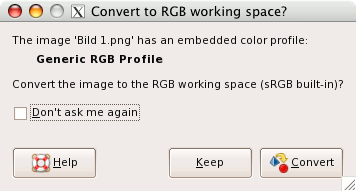

This time decreased from 10 ns for 100 MHz SDRAM (1 MHz = 1 1000^2 Hz) to 5 ns for DDR-400, but has remained relatively unchanged through DDR2-800 and DDR3-1600 generations. Most noted is the read cycle time, the time between successive read operations to an open row. There are several limits on DRAM performance. Today, the world's largest manufacturers of SDRAM include: Samsung Electronics, Panasonic, Micron Technology, and Hynix. SDRAM is also available in registered varieties, for systems that require greater scalability such as servers and workstations. Samsung released the first commercial DDR SDRAM chip (64 Mbit ) in June 1998, followed soon after by Hyundai Electronics (now SK Hynix) the same year. JEDEC formally adopted its first SDRAM standard in 1993 and subsequently adopted other SDRAM standards, including those for DDR, DDR2 and DDR3 SDRAM.ĭouble data rate SDRAM, known as DDR SDRAM, was first demonstrated by Samsung in 1997. Today, virtually all SDRAM is manufactured in compliance with standards established by JEDEC, an electronics industry association that adopts open standards to facilitate interoperability of electronic components. The benefits of SDRAM's internal buffering come from its ability to interleave operations to multiple banks of memory, thereby increasing effective bandwidth. Indeed, early SDRAM was somewhat slower than contemporaneous burst EDO DRAM due to the additional logic. SDRAM latency is not inherently lower (faster) than asynchronous DRAM. By 2000, SDRAM had replaced virtually all other types of DRAM in modern computers, because of its greater performance. It was manufactured by Samsung Electronics using a CMOS (complementary metal–oxide–semiconductor) fabrication process in 1992, and mass-produced in 1993. The first commercial SDRAM was the Samsung KM48SL2000 memory chip, which had a capacity of 16 Mbit. In the mid-1970s, DRAMs moved to the asynchronous design, but in the 1990s returned to synchronous operation. The earliest DRAMs were often synchronized with the CPU clock (clocked) and were used with early Intel processors. For a pipelined read, the requested data appears a fixed number of clock cycles (latency) after the read command, during which additional commands can be sent.Įight Hyundai SDRAM ICs on a PC100 DIMM package For a pipelined write, the write command can be immediately followed by another command without waiting for the data to be written into the memory array. Pipelining means that the chip can accept a new command before it has finished processing the previous one. This allows SDRAMs to achieve greater concurrency and higher data transfer rates than asynchronous DRAMs could.

The memory is divided into several equally sized but independent sections called banks, allowing the device to operate on a memory access command in each bank simultaneously and speed up access in an interleaved fashion. These commands can be pipelined to improve performance, with previously started operations completing while new commands are received. In SDRAM families standardized by JEDEC, the clock signal controls the stepping of an internal finite state machine that responds to incoming commands. SDRAM has a synchronous interface, whereby changes on control inputs are recognised after a rising edge of its clock input. Synchronous dynamic random-access memory ( synchronous dynamic RAM or SDRAM) is any DRAM where the operation of its external pin interface is coordinated by an externally supplied clock signal.ĭRAM integrated circuits (ICs) produced from the early 1970s to early 1990s used an asynchronous interface, in which input control signals have a direct effect on internal functions only delayed by the trip across its semiconductor pathways.


 0 kommentar(er)
0 kommentar(er)
